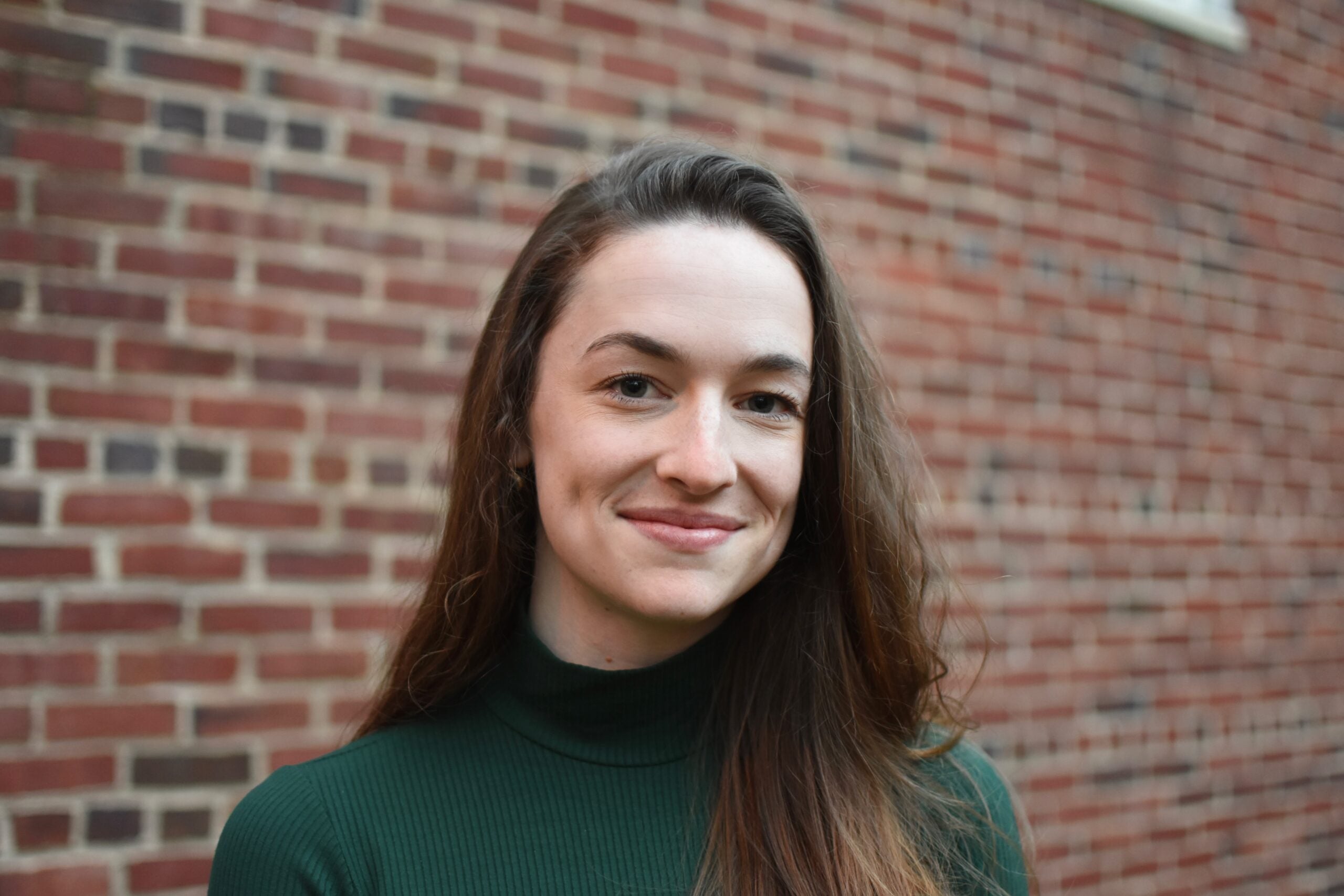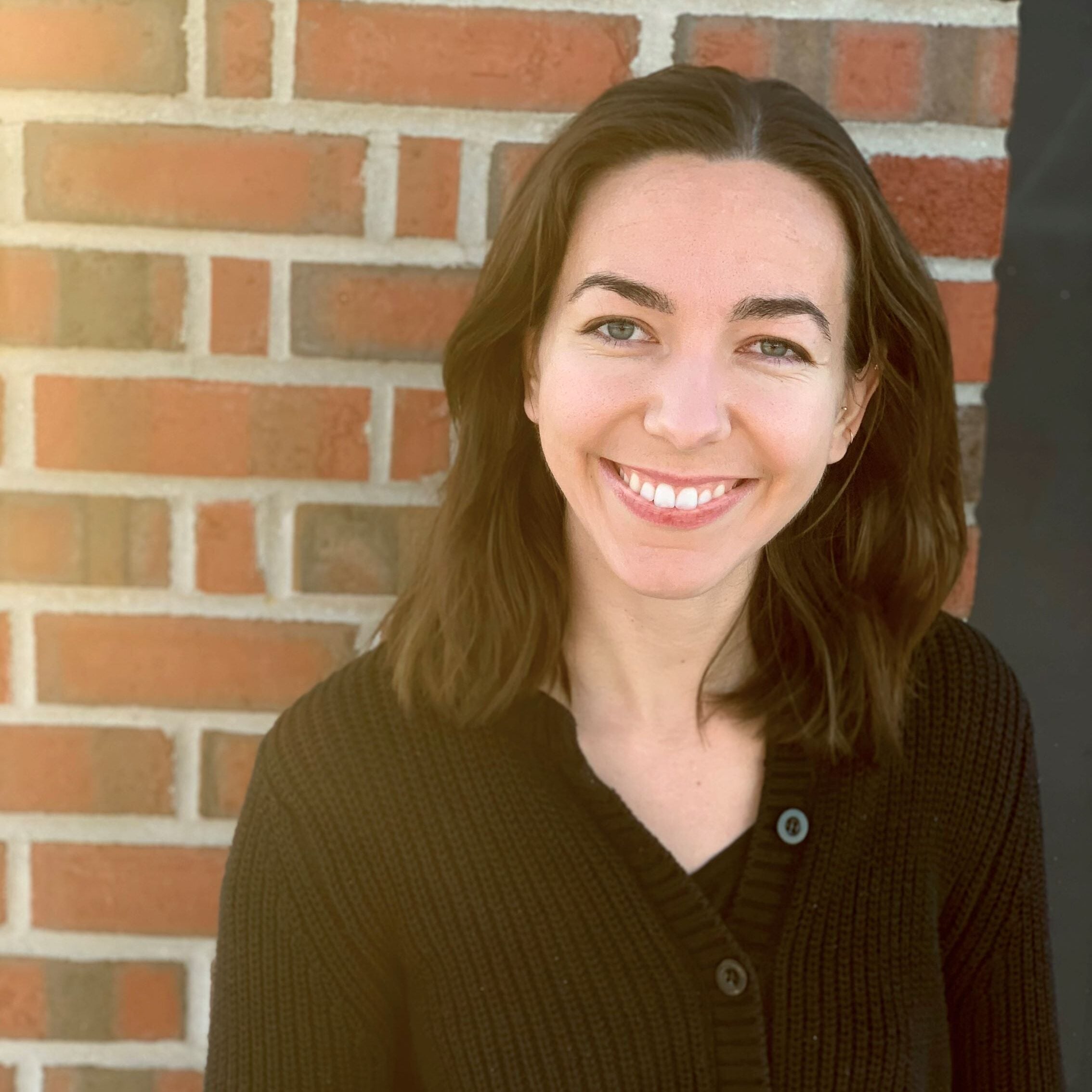A long-running case is aiming to be heard by the nation’s highest court through Harvard Law School’s Crimmigration Clinic. Clinic director and assistant clinical professor of law Phil Torrey has worked for years alongside client Sunil Sharma, who has an argument for U.S. citizenship based on statutory interpretation. Now two clinical students are steering Sharma v. Garland to the Supreme Court.
Rachael Maguire ‘25 and Bridget Pranzatelli ‘24 petitioned for certiorari with the Supreme Court this November after a lower court rejected arguments for Sharma’s derived citizenship. The question at stake is a critical one for a group of people in the U.S. who may or may not have derived citizenship while the statute in question was in effect in prior to 2000.
“Citizenship is such an important benefit in the United States, because it affords a lot of rights and privileges. My hope is that this case makes a difference for the people that the statute affects,” emphasizes Maguire.
The case
Pranzatelli calls Sharma’s predicament “a long series of events” wherein he should have derived citizenship before age 18. Torrey learned of the complex history several years ago via habeas petition work for his successful release from detention.
Sharma v. Garland hinges on a question of derived citizenship. The clinic’s First Circuit appeal argued that Mr. Sharma derived citizenship upon his mother’s naturalization when he was a minor. The statute in question requires paternal naturalization and that the child “thereafter begins to reside permanently.”
“Some circuits say applying for lawful permanent residency shows intent to reside permanently. And that’s what Mr. Sharma did,” Maguire notes. The legal question of the case, whether or not Mr. Sharma automatically derived citizenship, has implications for some minors who would have derived citizenship prior to 2001, before the effective date of the Child Citizenship Act of 2000.
Students enter at Supreme Court level
Unlike clinic cases that start from square one, here Maguire and Pranzatelli benefitted from preceding clinical students’ exhaustive foundation. “We got to come in with this wealth of knowledge and research already done,” describes Pranzatelli. Last spring, Pablo Lozano ‘23 presented the case’s oral argument to the First Circuit Court of Appeals, after extensive preparation with his teammates Shing-Shing Cao ‘24 and Farris Peale ‘24.

Rather than gathering facts or preparing for oral argument, this semester’s students focused wholly on statutory arguments before the Supreme Court. “Getting to zoom in on one very specific aspect of the case was really interesting,” Pranzatelli says.

Writing also shifted dramatically from previous experiences. “When you write the petition for the Supreme Court, it’s a totally different type of writing from other legal briefs. You’re advocating for your client and their position, but you also have to explain why the Supreme Court should care about the case, which is a very specific set of factors that they look at – factors including whether circuit courts are split on the question, whether the questions is important and recurring, and whether the case provides a clean vehicle to answer the question,” Maguire notes.
Over the course of the semester, Maguire and Pranzatelli labored over draft after draft, revising and honing each word in the petition throughout many rounds of edits with Torrey. Despite framing the unique nature of the theoretical legal question at the center of the case to the Court, the students still centered their strategy around the client.
Becoming versatile advocates
Weeks of intensive work on petition drafts cultivated a deep sense of responsibility for the case. “Phil really gave me and Bridget responsibility over drafting the petition. I felt a lot of ownership over the petition,” recalls Maguire.
Pranzatelli says years of invested student and instructor commitment keeping the case alive already provide meaning despite the unpredictability ahead: “I think what we’ve done is we’ve made sure that this client knows that there was a team there that was supporting him and believed him, that wanted to see him have the full breadth of rights and privileges that this country offers. We were willing to fight ‘til the end with him.”
Both Maguire and Pranzatelli came to the clinic with a deep interest in crimmigration work; after summer internships and work with the Harvard Prison Legal Assistance Project, Maguire brought experience with the criminal legal system, while Pranzatelli worked in ICE detention centers before law school and brought criminal defense experience as a member of Harvard Defenders.
In the clinic, Maguire and Pranzatelli have had the chance to work on direct client representation cases in addition to the petition. “Because of my interest in detention work and ending immigration detention, I was on some other projects that are working alongside detained people, such as trying to get substantive support for people who have mental health issues who are detained and don’t have attorneys to help them navigate the immigration proceeding,” says Pranzatelli.
The team also worked together on a bond hearing for a client whose immigration charges are pending, which offered exposure to immigration work in a much more up-close-and-personal way. “For the bond hearing, our goal was to gather as many community members as possible who supported the client and tell our client’s story. That type of advocacy is totally different,” says Maguire.
“I think what’s really cool about the clinic is that we get to work on both sides of things,” emphasizes Pranzatelli. “With this Supreme Court brief, it’s very traditional legal work in the sense that you’re analyzing case law and explaining a circuit split and engaging with conventional tools of statutory interpretation. Then we also work on individual cases in immigration court, which is like the wild west of the legal world. We’re talking to community members and doing things that are so grounded and rooted in an individual person’s story. The clinic supervisors set up a docket where you can do all different types of work.”
No matter what type of work the students are engaged in, they never lose sight of what is at stake.
“The consequences of both of these types of work are terrifying in different ways,” says Maguire. “On the Supreme Court level, if they take the case and we lose, it feels like by submitting the petition, we might change the law on a national scale. But then when you’re representing your single client at a bond hearing, the consequences also feel very tangible because you’re sitting there with that client, while they wait to hear if they are released and can go home to their family or if they have to stay detained.”
Nonetheless, Maguire and Pranzatelli say that the clinic has only reaffirmed their commitment to working in this space after law school. “I came into law school, knowing that this is the area that I wanted to work in. And I’m even more sure of that now,” reflects Pranzatelli. “I think having been able to have all of these different experiences, I know that at whatever level I’m working at, this is the goal I want to be working towards. I want to be working towards a world that’s safe and welcoming, where people can live with their families not be surveilled and can move freely across the planet. So it’s been really cool to have all of these different experiences and know that as long as we’re working towards this one shared goal, I’ve enjoyed all the different tasks along the way.”
Filed in: Clinical Spotlight
Contact Office of Clinical and Pro Bono Programs
Website:
hls.harvard.edu/clinics
Email:
clinical@law.harvard.edu
